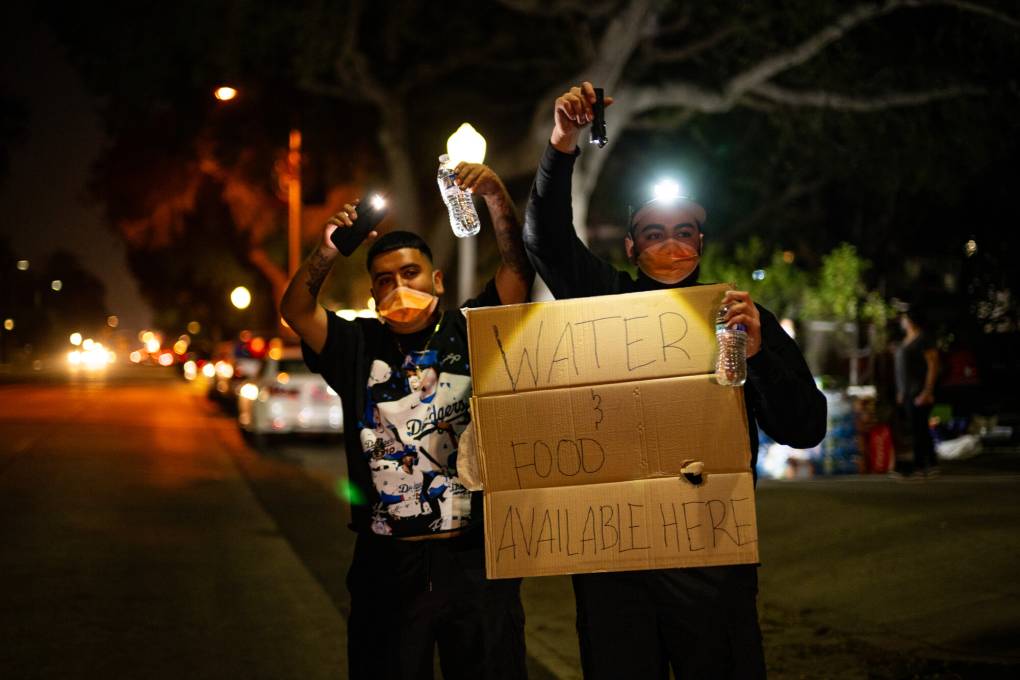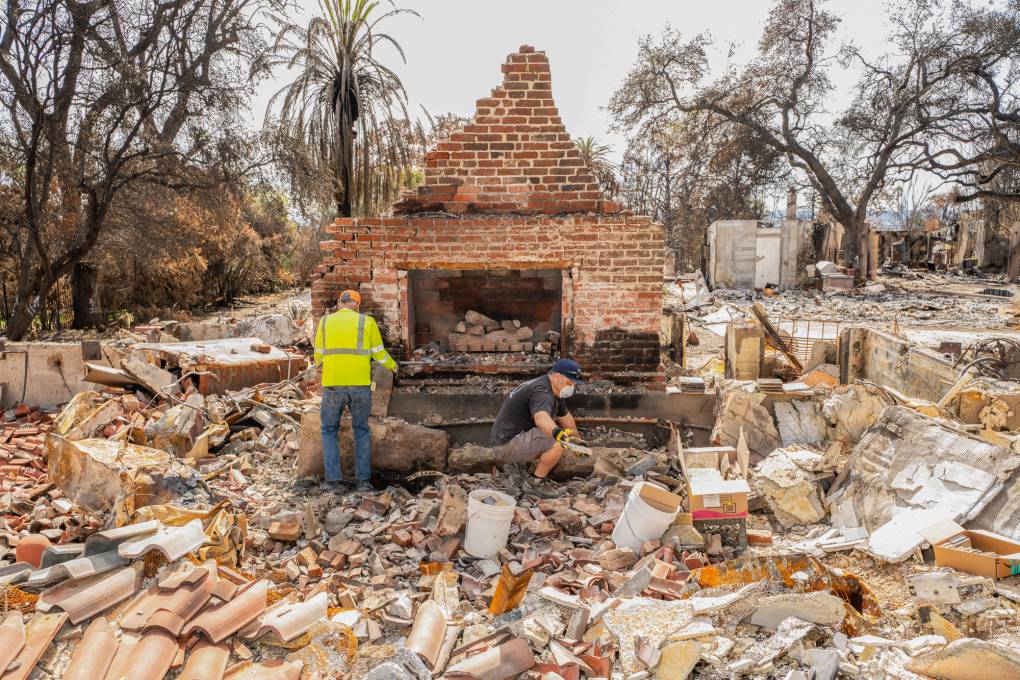Musk was one of those circulating screenshots of the Los Angeles Fire Department’s four-year-old ‘racial equity action plan,’ claiming the agency “prioritized DEI over saving lives and homes” and that “DEI means people DIE.” Musk provided no evidence for this claim, and, like the word “woke,” “DEI” has been a phrase claimed by right-wing commentators to lodge baseless claims against institutions they perceive as left-leaning.
Misinformation has also come directly from politicians themselves. According to President-elect Donald Trump’s Jan. 8 social media post, Gov. Gavin Newsom had “refused to sign the water restoration declaration put before him that would have allowed millions of gallons of water” to flow into the parts of California currently affected by wildfire.
Newsom responded that such a declaration does not exist, and the BBC confirmed it was not able to find such documents, although a Trump spokesperson told BBC that the incoming president was referring to Newsom opposing Trump’s plans in 2020 to divert water from Northern California to the southern parts of the state. Newsom’s team at the time said it would have further endangered a species of fish, and experts said it was unrelated to the current water available for firefighting.
With Trump pushing some of the misinformation about wildfires, some California leaders are worried about the incoming president’s willingness to disperse aid to the state in future disasters.
How can I spot misinformation?
One of the most pernicious aspects of misinformation online is how anyone can be susceptible — and guilty of spreading it too, even inadvertently. Here’s how to catch common indicators of false information and bad-faith posting:
Don’t think ‘I can always tell’
Wineburg said users should let go of the idea that “they can immediately tell” whether an online image or video is AI-generated.
AI generation — once mocked for its inability to produce details like anatomically correct human fingers or shadows — has gotten more sophisticated. Someone with a photo editing program like Photoshop could further polish these images.
Consider the source
For bad actors, “their goal is to dispense information that keeps us online, so more ads can be shown to us,” Wineburg said. “And the information that keeps us online is anger, chaos, crisis.”
He suggested that users wait before interacting with a post and sift through the comments to see what people are saying about it.
Check the organization that is posting the content, and look for any sources for their information. Keep in mind that X users can purchase “blue check marks,” so a blue check alone isn’t proof of reliability.
Do some digging
Google’s reverse image search can be a quick way to see where a photo has been used on the internet, for example, if an image purporting to show a person during the L.A. fires is, in fact, an archive image from another year entirely. However, keep in mind that Google prioritizes its own AI results at the top of the page. Those results have been proven to sometimes be unreliable, inconsistent and even inappropriate, so it’s best if you actually visit the source through the links provided.
“The idea that technology is going to solve a problem that technology has created gets us into trouble every time we go down that particular path,” Wineburg said. “What we need is to develop human technologies. We need to develop a skill set for dealing with an information stream where it is difficult to tell what’s true or false.”
Wait before sharing
Wineburg said patience is key, especially if you are unsure of a video, post, or image.
Even if the post is depicting something momentous, he said users should wait for experts “who will verify whether a video can be trusted or whether it should be distrusted.” In many extreme cases, misinformation has fanned the flames of racism, xenophobia, and real-life organized violence.
Even if you have the best intentions, spreading a faulty post can hurt people. A Washington Post investigation found that a QAnon conspiracy theory about furniture company Wayfair trafficking children resulted in serious trauma for the young people whose images were used in those posts.
Get a second opinion
A gut check with a trusted friend, colleague, or family member may be useful in figuring out if a post seems valid — or at least can alert you that it might not be all it seems.
Remember that Gen-Z is susceptible, too
Wineburg said the idea of the “digital native” — someone who’s used technology and social media from a very young age — has been “completely overturned for at least a decade.”
“The idea that somehow Gen-Z and today’s young people are savvy at determining what is true and what’s fictitious — that itself is a fiction,” he said. Wineburg cited a 2021 study he conducted of 3,446 high school students where they had to find out the source of a video they were shown. Only three students were able to correctly discern the video was from a Russian disinformation campaign.
“It’s incumbent that we teach these skills in school, which we are not presently doing,” he said. Well-meaning teachers and adults may see young people are comfortable with their devices, and assume that is accompanied by the ability to “discern the information that that device produces,” Wineburg said.
“And that’s simply not the case.”
More reliable fact-checkers:
Verification resources and best practices:




